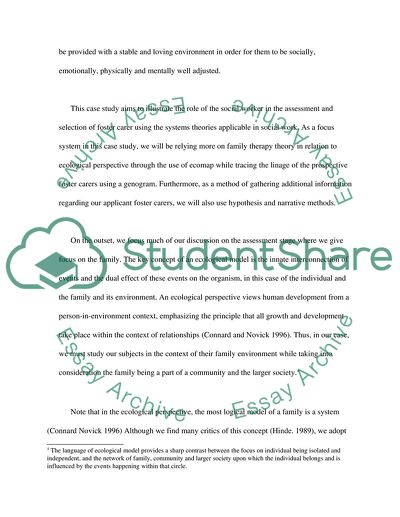Cite this document
(Foster Carer Applicants Case Study Example | Topics and Well Written Essays - 4000 words, n.d.)
Foster Carer Applicants Case Study Example | Topics and Well Written Essays - 4000 words. Retrieved from https://studentshare.org/sociology/1703469-systems-in-practice
Foster Carer Applicants Case Study Example | Topics and Well Written Essays - 4000 words. Retrieved from https://studentshare.org/sociology/1703469-systems-in-practice
(Foster Carer Applicants Case Study Example | Topics and Well Written Essays - 4000 Words)
Foster Carer Applicants Case Study Example | Topics and Well Written Essays - 4000 Words. https://studentshare.org/sociology/1703469-systems-in-practice.
Foster Carer Applicants Case Study Example | Topics and Well Written Essays - 4000 Words. https://studentshare.org/sociology/1703469-systems-in-practice.
“Foster Carer Applicants Case Study Example | Topics and Well Written Essays - 4000 Words”, n.d. https://studentshare.org/sociology/1703469-systems-in-practice.


